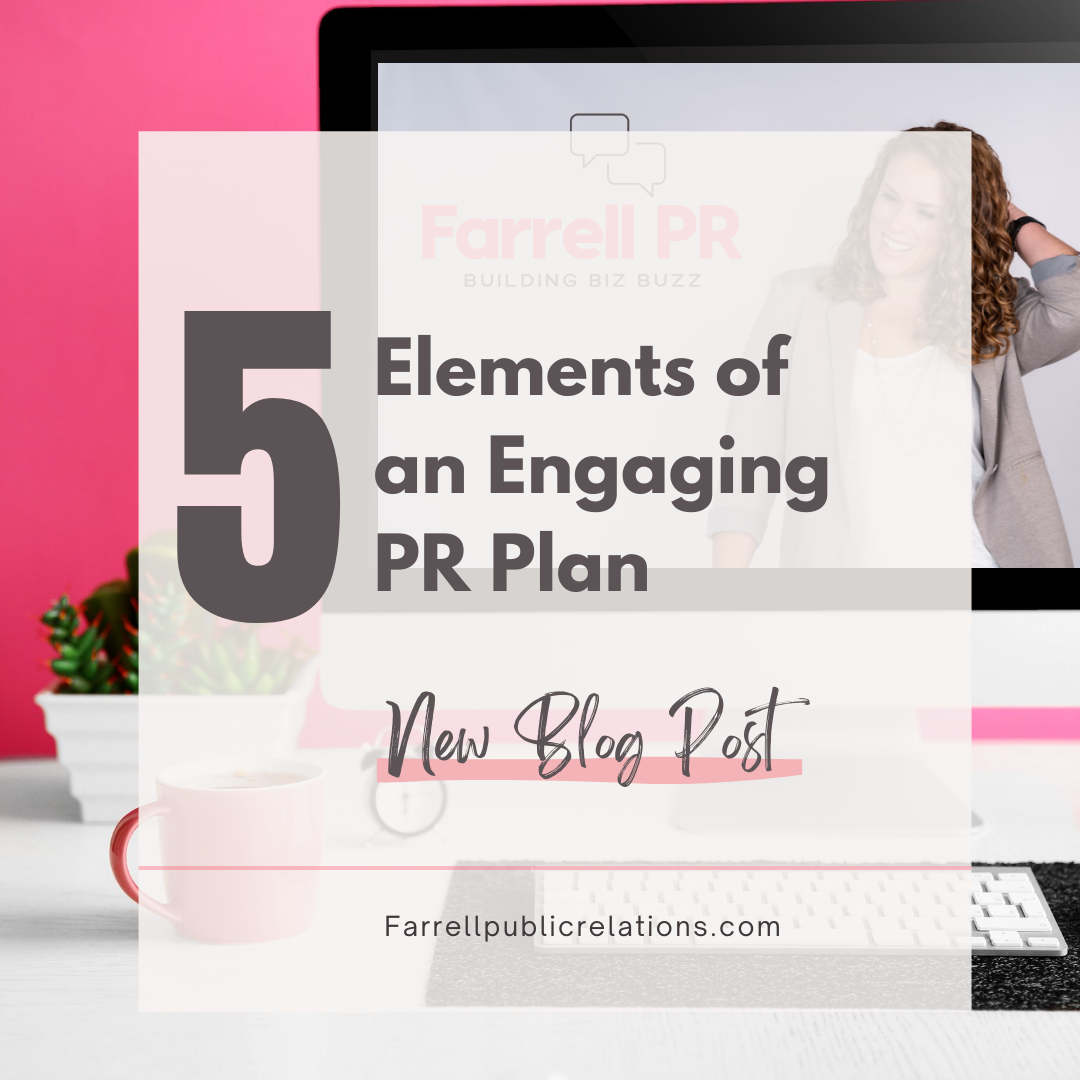Well, we’ve officially made it through more than 10% of 2022 – that went fast, right?! Having been in the game for a bit, I’ve discovered something about this time of the year — there are two types of companies:
- Companies that did all their 2022 planning in October 2021, and are potentially already having to pivot their strategy.
- Companies that waited until January to have 2022 planning discussions, and are now starting to build out their formal plan for the remaining 90% of the year.
And honestly, one planning method is not necessarily better than the other. I’ve found both to be effective because success really comes down to understanding the shared objective and vision for your public relations program across all aspects of your business, while also staying flexible. And at the core of this success is how you can engage and persuade your ideal audience or customers.
If you are a Q1 planner, just starting to create your PR plans for the year – or maybe you’re an October planner just tweaking what was started in 2021 – let me offer a few tips on what every effective and engaging PR plan should have:
Research
While research may not have its own “formal” section in your PR plan, it is the most important first step and helps inform all proposed activities for the year. Starting with an understanding of the market and how it has changed/is changing, your customers’ needs, and if your company is ready to meet these demands, is vital. The more you understand who your audience is, the more effectively you can tailor your campaigns to their specific language, wants, and needs.
Core Objectives
As I mentioned above, I’ve found that when you do your planning isn’t as important as making sure your entire team is aligned on your plan when it comes to determining overall success. This alignment often begins with a clear, tangible objective. This can start broad – do you want to drive sales or increase brand awareness? – but ultimately should be S.M.A.R.T.
- Specific – is it clearly defined?
- Measurable – how will you gauge performance?
- Attainable – is it a reasonable goal?
- Relevant – how will it affect other aspects of business?
- Timely – are there clear deadlines for results?
Be sure to ask yourself if each of the objectives in your PR plan meets the S.M.A.R.T. criteria for a winning strategy. While having more than one objective is ok, I would cap your planning out at 3-4 objectives. Remember, these should serve as a guide for ALL PR activity, so it’s best if they align with your overall business goals for the year.
Implementation Steps and Tactics
Once you have your guiding objective(s) planned out, it’s important to understand what tactics and strategies you need to implement to achieve those objectives. What steps do you need to take first to get everything in place? How are you going to activate those strategies to drive your goals? Putting all of this in your plan will help give you and your team a roadmap for success.
Measurement and Evaluation
Within your plan, there should also be a discussion of how success will be evaluated. Are there specific metrics on social media you’ll be monitoring, or are you planning to look at share of voice? Are there certain media goals you should align on, or regions you want to focus on? Understanding how you plan to measure success will also guide you to any new tools or software that might have to be implemented, such as a share of voice measurement platform or a social media management tool.
This section should also include a discussion of how often you plan to evaluate progress. Many of my clients measure their PR programs on a quarterly basis to track audience trends and campaign effectiveness during different seasons. In some cases, it also makes sense to do spot reporting after a big campaign push.
Budget + Investment
Now that you’ve put your goals, tactics, and measurement plans on paper (or screen), the last element of the PR plan is any investment or additional budget needed to reach those objectives. This may include the price of new software or reporting tools. It could also include a monthly PR retainer to bring in external support, or a monthly paid social media advertising budget.
Beyond financial investment, make sure to think about time investment as well – who internally is responsible for managing this program and keeping it on track? Even if you do go with an external agency, internal time will be needed to share learnings and measure success. Know the investment needed ahead of time for all aspects of the plan so that you best understand what you can and cannot accomplish.
Taking the time to craft an effective and engaging PR plan for your organization will help you better understand your target audience and take steps toward overall success. Have you started the planning process and decided you need more support? Reach out to me at nora@farrellpublicrelations.com. I’m always happy to weigh in to see how I can help your organization achieve its PR goals.

